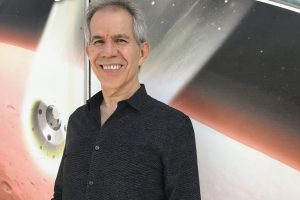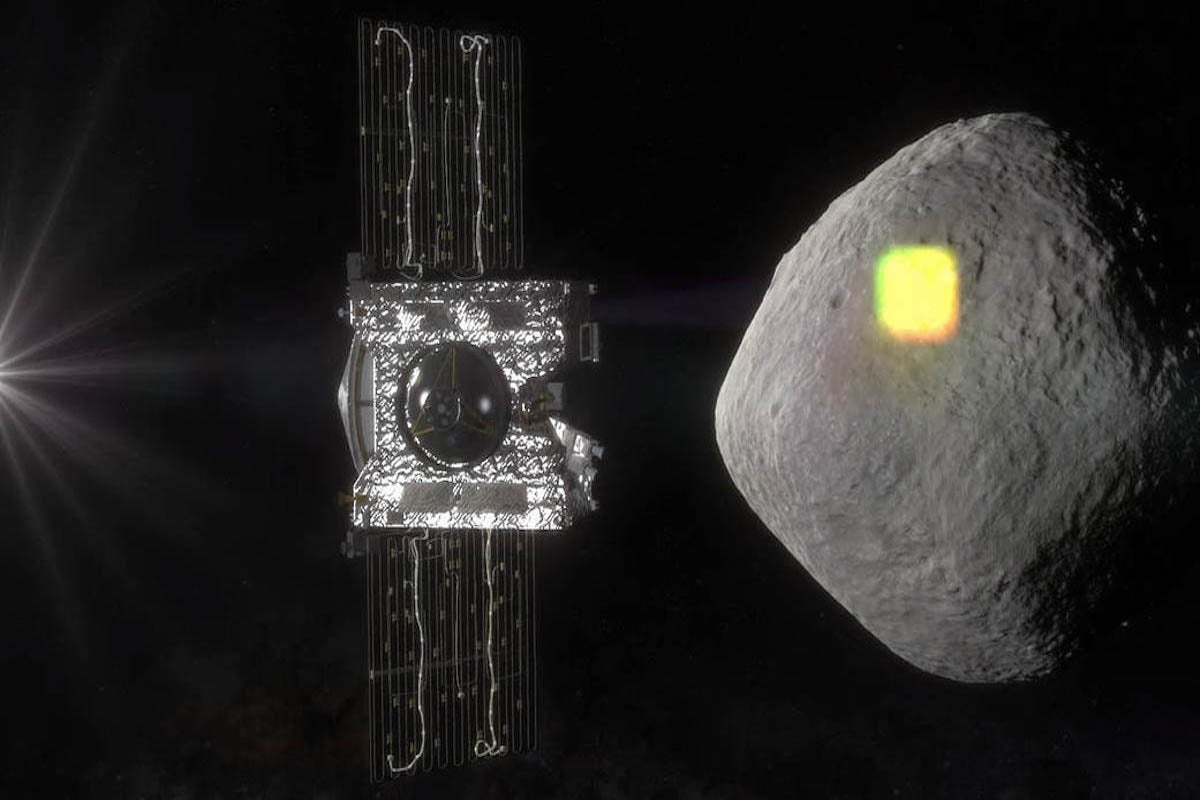The OSIRIS-REx team announced today, the selection of two sites on asteroid Bennu that they will target for sample collection next year.
The selection of the two spots nicknamed Nightingale and Osprey sites represents a milestone in NASA’s first mission to collect a sample of an asteroid and bring it back to earth. Nightingale is the primary site and Osprey will serve as a backup should something happen to make the first site a no-go for the touch-and-go maneuver scheduled for August 2020.
The mission, led by University of Arizona Professor Dante S. Lauretta, made the announcement at the AGU conference, one of the largest science meetings in the world.
The mission is important because NASA wants to know as much as possible about near-Earth asteroids, which could pose a harm to our planet. In Bennu’s case, it could threaten the Earth in about 160 years based on best estimates, says UCF astrophysics Professor Humberto Campins, who is part of the imaging team on OSIRIS-REx. Knowing the make-up of the asteroid and how it functions will be critical in determining how to deflect it, if it comes to that.
Bennu also was selected because it is believed to contain primitive organic material, which can help scientists better understand how life may have formed on Earth and elsewhere, like on Mars, the moons of Jupiter, and planets around other stars.
While the science and navigation teams have been very active since launch in September 2016, Campins and the rest of the imaging team have been quite busy since December 2018, when the spacecraft arrived at Bennu. They have been scanning, mapping and analyzing the surface of Bennu. UCF undergraduate student Jennifer Nolau also worked to analyze the surface of the asteroid. Thousands of data points were analyzed and discussed with the entire team to select the two target sites, Campins says.
“The sites were selected based on two main factors: the presence of sampleable material (loose gravel or dust) and spacecraft safety,” Campins says. “Those large boulders on the surface of Bennu are hazards that the navigation team must avoid.

Nolau was thrilled to have played what Campins characterized as a “small but useful” role in providing boulder measurements on a large fraction of Bennu’s surface to the site selection team.
“Being a part of OSIRIS-REx and working with the team has been an incredible honor,” she says. “Knowing that the 5,000 plus rocks I’ve counted on Bennu’s surface during Recon A will have a direct impact on the OSIRIS-REx sample site selection is astounding. It’s still surreal that I am able to contribute to something much bigger than myself and hopefully I can inspire others to do the same.”
Campins is an international expert on asteroids. He conducts research at observatories around the world, including Arizona, Hawaii, Chile, France, Spain and Vatican City. In 2010, he headed the team that discovered water ice and organic molecules on the asteroid 24 Themis and later on 65 Cybele. It’s that expertise that led Lauretta to invite Campins to the OSIRIS-REx team in 2010.




